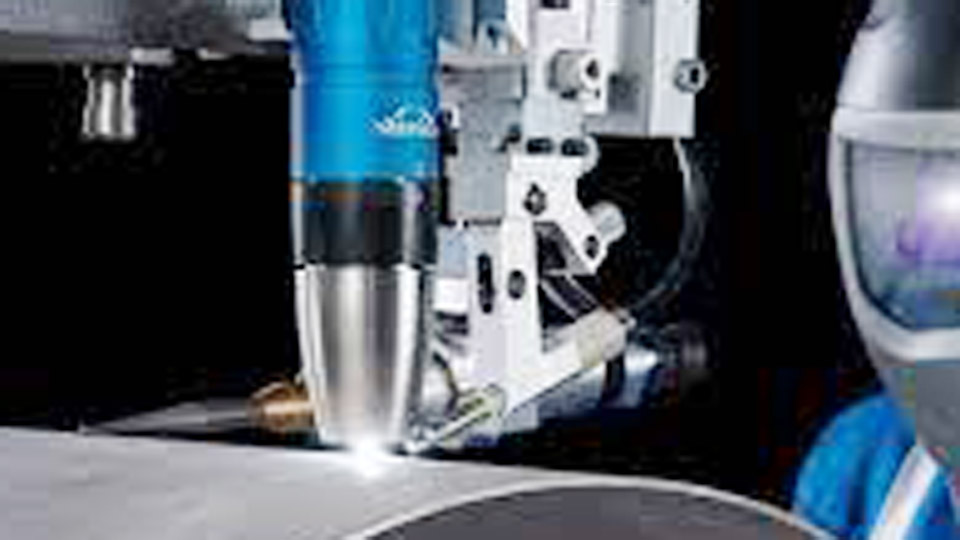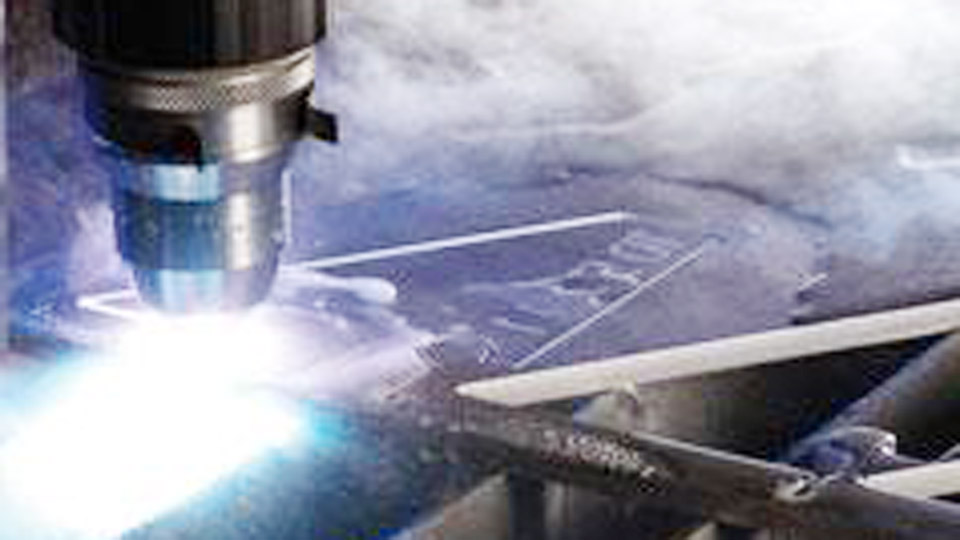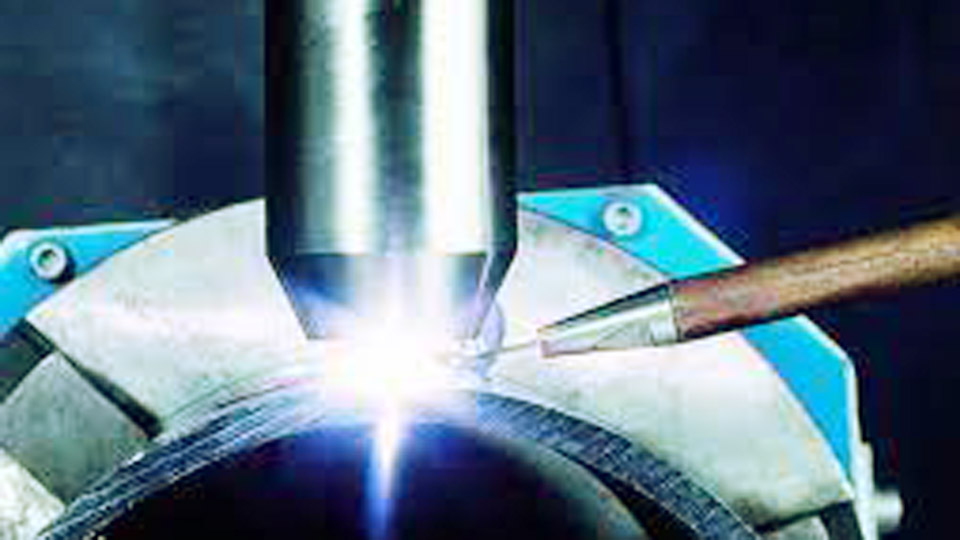Let me walk you through something pretty fascinating—plasma arc welding. If you’ve ever found yourself curious about advanced welding methods, this one’s going to stick with you. I still remember the first time I saw plasma arc welding in action.
The precision, the power, and the clean results—it was like watching a science experiment meet art. If you’re new to welding or already in the game, knowing what plasma arc welding is can really change how you see metalwork.

Image by linkedin
In simple terms, plasma arc welding, often shortened to PAW, is an advanced version of the gas tungsten arc welding (GTAW or TIG) process.
It uses a plasma torch to produce an extremely hot and focused arc that can melt and fuse metals with high accuracy. That might sound a bit technical at first, but don’t worry—I’ll explain it in a way that makes sense.
The beauty of plasma arc welding lies in its ability to weld even the thinnest or most delicate materials without burning through them. It’s often used in aerospace, electronics, and medical equipment manufacturing.
If you’re looking to learn a process that offers tight control and powerful performance, this is one you’ll want to understand.
Let’s dig deeper into it together.
Basics of Plasma Arc Welding
Alright, let’s start from the beginning. Plasma arc welding is a thermal process that uses a constricted arc between a non-consumable tungsten electrode and the workpiece.
What makes this different from traditional TIG welding is how the arc is constricted through a fine nozzle, which turns it into a plasma jet.
That plasma—an electrically conductive gas—gets superheated, reaching temperatures of around 30,000°F or more. That’s hot enough to melt most metals cleanly and efficiently.
What’s even more impressive is that you can focus the heat very precisely, so there’s less damage or distortion to the surrounding material.
This method can be used in both manual and automated welding systems, and it works well for both thin and thick materials depending on how the arc is set up.
How Plasma Is Created in the Welding Process
Now let’s talk about how that plasma jet actually forms. In plasma arc welding, there are typically two types of gas: the plasma gas and the shielding gas.
The plasma gas, usually argon, flows through a small nozzle inside the torch. As it passes through the electric arc, the gas becomes ionized and forms plasma. This plasma is then forced out of the nozzle in a very focused jet.
The shielding gas protects the molten weld pool from contamination, similar to what you see in TIG welding. Sometimes the same gas is used for both purposes, but often they’re different depending on the material and the job requirements.
The result? A high-velocity, extremely hot stream of plasma that melts and fuses metal in a narrow, controlled path.
Components of a Plasma Arc Welding System
If you’re like me, you probably like to know what’s happening under the hood. A plasma arc welding setup isn’t too complicated once you break it down.
Here are the main components:
| Component | Function |
|---|---|
| Power Supply | Provides the constant current needed for the arc. |
| Plasma Torch | Where the arc and plasma jet are formed. Houses the tungsten electrode and nozzle. |
| Tungsten Electrode | Creates the arc but doesn’t melt (non-consumable). |
| Plasma Gas Supply | Usually argon or a mix, creates the plasma jet. |
| Shielding Gas Supply | Protects the weld from oxidation. |
| Cooling System | Cools the torch to prevent overheating. |
Some systems also include a pilot arc circuit, which helps initiate the arc without touching the electrode to the workpiece. This is especially useful when working with delicate or automated welds.
Types of Plasma Arc Welding
Not all plasma arc welding setups are the same. There are a few variations that suit different needs, depending on what you’re trying to accomplish.
Let’s go over the main types:
Micro Plasma Welding
This is ideal for thin materials, even as thin as 0.1 mm. It uses a very low current, often under 15 amps, which gives incredible precision.
It’s commonly used in electronics or delicate sheet metal work. I’ve used this for small stainless steel components, and it performs beautifully.
Medium Current Plasma Welding
This is where most of the general-purpose work happens. You’ll see this used in many industrial shops where you need both control and power. It handles materials up to a few millimeters thick with good efficiency.
Keyhole Plasma Welding
This one’s a beast. It uses high currents and creates a keyhole through the workpiece. As the plasma jet melts the metal, it pushes it outward, creating a narrow tunnel or “keyhole.”
Then, the molten metal flows back in and solidifies, leaving a full-penetration weld. It’s great for thick materials and high-speed production work.
Each of these types has its place depending on the kind of material, thickness, and finish you need.
Plasma Arc Welding vs TIG Welding
A lot of people ask me how plasma arc welding is different from TIG welding since they both use a tungsten electrode and shielding gas. It’s a good question.
Here’s a quick comparison:
| Feature | Plasma Arc Welding | TIG Welding |
|---|---|---|
| Heat Concentration | Very high and focused | Less concentrated |
| Penetration | Deeper with keyhole method | Shallower, more gradual |
| Automation Friendly | Highly suitable | Less automation-friendly |
| Material Thickness | Thin to thick | Mostly thin to medium |
| Electrode Wear | Lower | Higher due to arc exposure |
| Arc Starting | Pilot arc, non-contact | Touch start or HF start |
In short, plasma arc welding gives more control and is better for precision work or deep welds. TIG is simpler and more flexible for small shops or general tasks.
Benefits of Plasma Arc Welding
So why choose plasma arc welding over other methods? There are a bunch of reasons, and I’ve personally experienced how game-changing it can be.
- Precision: This is the biggest one. You can get fine, consistent welds even on tiny or sensitive parts.
- Speed: Especially with keyhole welding, the process is fast and can weld thick materials in one pass.
- Control: The pilot arc allows you to start the weld without touching the metal, which reduces contamination.
- Clean Results: Less spatter, minimal distortion, and smooth finish make post-weld cleanup much easier.
- Automation Ready: This method is great for robotic systems and production lines.
When I used plasma welding in an automated setup for stainless steel tubes, the efficiency and consistency were night and day compared to TIG.
Limitations of Plasma Arc Welding
No process is perfect, though. Here are a few things to keep in mind before diving in.
- Cost: Plasma welding equipment can be expensive, especially when you factor in cooling systems and automation gear.
- Complex Setup: It takes a bit more knowledge to set up and maintain the system.
- Not Ideal for All Materials: Materials like aluminum can be trickier due to thermal conductivity and oxidation.
- Torch Maintenance: The nozzles and tips can wear out over time and need careful handling.
Even with those downsides, the benefits often outweigh them if you need precision and speed.
Best Materials for Plasma Arc Welding
This process works best on materials that need clean, strong welds. Here are some great options:
- Stainless Steel: One of the most common uses. Plasma welding gives tight, clean welds with minimal distortion.
- Titanium: Excellent for aerospace and medical applications.
- Nickel Alloys: Used in chemical and nuclear industries for their strength and corrosion resistance.
- Copper and Copper Alloys: Although trickier, it’s possible with the right settings and gases.
Applications of Plasma Arc Welding
I’ve seen plasma welding used in all kinds of industries. Here are a few that rely on it regularly:
- Aerospace: For parts that demand precision and strength.
- Electronics: Especially micro plasma welding for delicate parts.
- Automotive: Often used for fuel tanks, exhaust systems, and frames.
- Medical Devices: Precision welds on surgical tools and equipment.
- Nuclear and Chemical: Where high-integrity welds are a must.
Tips for Getting Started with Plasma Arc Welding
If you’re thinking about trying it yourself, here are a few tips from someone who’s been there:
- Practice on scrap before working on anything important. Plasma welding can be unforgiving until you get the hang of the arc.
- Invest in a quality torch with proper cooling, especially if you’re running high current.
- Keep your tungsten clean and sharp. Contamination will mess up your arc quality.
- Adjust your gas flow rates carefully. Too much or too little can change everything.
- Use the right nozzle size for your application. This can affect your arc constriction and penetration.
Start small, and don’t be afraid to ask around. Most experienced welders are happy to share what they know.
Conclusion
Plasma arc welding is one of those processes that once you understand, it really opens doors. It’s more than just melting metal—it’s a tool for creating precise, clean, and high-quality welds. If you’re working in a high-tech manufacturing facility or building intricate parts in a small shop, this process gives you the power to do more.
Sure, the equipment might cost more and take some time to learn. But once you do, you’ll see how it can take your work to the next level. I’ve used it in tight spaces, on sensitive parts, and for projects where the margin for error was razor thin—and it delivered every time.
So if you’re serious about welding and want something that balances power with precision, plasma arc welding is worth exploring. You won’t regret it.
FAQs
What is the main difference between plasma arc welding and TIG welding?
The main difference is that plasma arc welding uses a constricted arc that forms a high-velocity plasma jet, allowing for deeper penetration and better precision. TIG welding uses a more open arc and is typically better for flexible, general-purpose tasks.
Can plasma arc welding be used on aluminum?
It can be, but it’s more difficult than with stainless steel or titanium. You’ll need special gas mixtures and careful control of heat to prevent burn-through or contamination.
Is plasma arc welding good for beginners?
It’s not the easiest process to start with. Beginners are usually better off learning TIG or MIG welding first. Plasma welding requires more setup knowledge and careful control.
What gas is used in plasma arc welding?
Argon is the most common gas, but depending on the application, you might also use hydrogen, helium, or gas mixtures.
How thick can plasma arc welding go?
With keyhole mode, it can handle materials up to about 6mm thick or more in a single pass. For thicker materials, multiple passes or edge prep may be needed.
Does plasma arc welding require filler metal?
Not always. Many applications are autogenous, meaning the base metal melts and fuses without filler. But you can add filler if needed for strength or to fill gaps.







